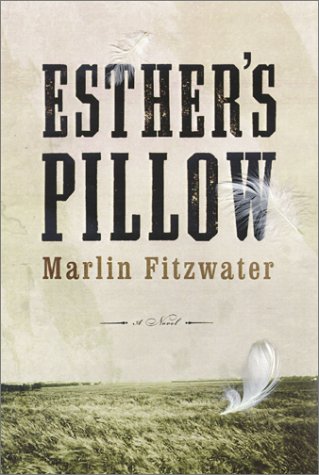Esther’s Pillow
Nickerly, Kansas in 1911 is a small, insular, religiously conservative farming community in which the townswomen’s major recreation is membership in the Civic Improvement Association. The community’s uncompromised principles are thrown into disarray upon the return of one of its natives, Margaret Chambers. After accepting a teaching position in town, she becomes the object of disapproval and disdain. Threatened by her independent spirit, the town’s citizens take exception to her. Within weeks of her return, a rumor that the young teacher has seduced one of her students takes hold, and the populace decides it is time to drive Margaret out of the community. Snared into a trap during which she is tarred and feathered by several of Nickerly’s leading citizens, Margaret fights back by bringing her assailants to trial.
This fictionalized account is based on a true story involving the author’s great-grandfather and great-uncle. In his role as press secretary to Ronald Reagan and George H. W. Bush, Marlin Fitzwater gained an insight into the power of the media. This insight is utilized when Margaret’s story is taken up by Temple Dandridge, a reporter for the Kansas City Star.
Esther’s Pillow marks Mr. Fitzwater’s first foray into literature. While the story is a gripping and powerful one, the novel suffers from underdeveloped characters and a lack of focus near the book’s end. Esther’s Pillow would have been better told in its true genre — non-fiction.










